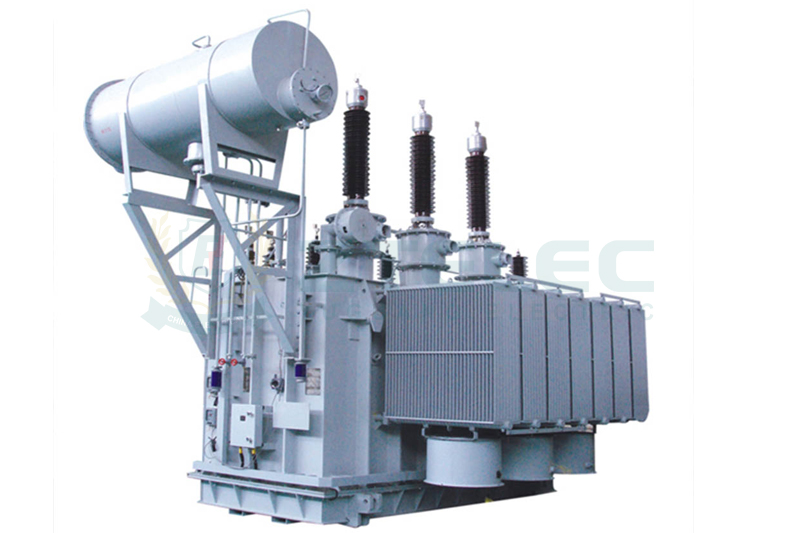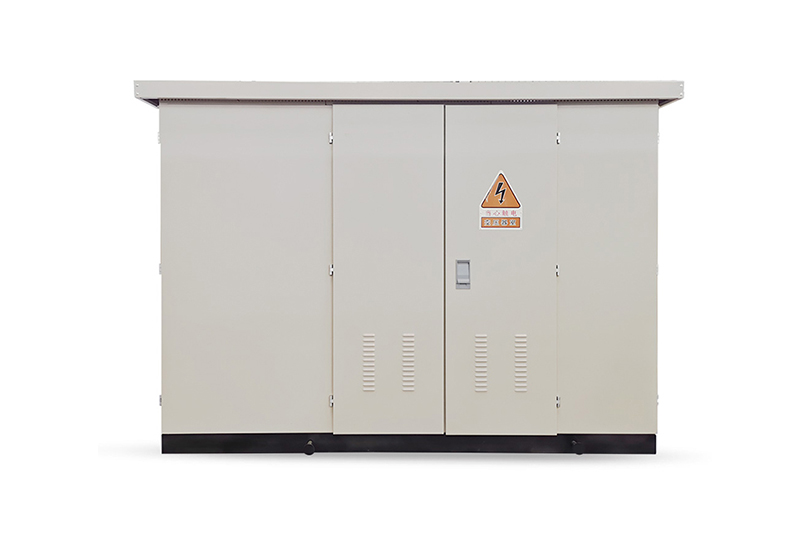Why Dry-Type Transformers Need Dustproof Protective Housings
Time:2025-06-12 Auther:ZTelec-www.ztelectransformer.com
Dry-type transformers are widely used in modern power systems, particularly in high-rise buildings, airports, docks, and industrial sites. Their fire resistance, lack of oil insulation, and ease of maintenance make them ideal for indoor and semi-outdoor environments. However, due to their typically open design, they are highly susceptible to dust, moisture, and airborne pollutants. In such cases, installing a dustproof protective housing becomes crucial to maintain reliable operation and extend the transformer’s service life.

Core Functions of a Dustproof Housing for Dry-Type Transformers
1. Prevent Insulation Degradation
Dry-type transformers rely on air and solid insulating materials like epoxy resin for heat dissipation and insulation. When dust accumulates on the windings and insulation surfaces, it may create conductive pathways that trigger partial discharges or reduce insulation resistance. In humid environments, the risk increases due to creepage currents, which can lead to insulation breakdown and transformer failure.
2. Maintain Effective Heat Dissipation
Heat in dry-type transformers is dissipated via natural or forced air cooling. Dust can block air ducts, cooling fins, and fan blades, hindering airflow and causing temperature buildup. According to the Arrhenius law, a 10°C temperature increase can halve the transformer’s lifespan. Studies show that heavy dust accumulation can reduce cooling efficiency by up to 30%, leading to overheating, system shutdowns, or power supply interruptions.
3. Prevent Corrosion and Mechanical Damage
Exposure to metal dust, chemical pollutants, or industrial contaminants can corrode transformer cores and windings. Abrasive particles may also damage the insulation layer. A properly sealed housing physically isolates internal components from harmful environments, safeguarding against both corrosion and mechanical wear.
4. Adapt to Demanding Environments
In high-dust areas such as cement plants, textile factories, and mines, enclosures with IP5X or IP6X ratings are essential. These housings significantly reduce the frequency of maintenance and ensure stable transformer operation even in harsh industrial conditions.
Key Advantages of Using Dustproof Enclosures
1. Enhanced Environmental Adaptability
Dustproof housings allow dry-type transformers to function reliably in extreme conditions involving humidity, rain, salt spray, and corrosive gases. In outdoor or coastal installations, enclosures must offer not only dust resistance but also waterproof and anti-corrosion protection to prevent degradation from environmental exposure.
2. Reduced Maintenance Costs
Minimizing dust accumulation decreases the need for frequent cleaning and shutdowns. Over time, this leads to lower operating costs and reduced labor for maintenance, improving the cost-efficiency of the entire power distribution system.
3. Improved Operational Safety
Enclosures provide mechanical protection by preventing accidental contact with live parts, thereby reducing the risk of electric shocks. Additionally, they act as barriers against the intrusion of foreign objects, further enhancing transformer and workplace safety.

Do All Dry-Type Transformers Require Dustproof Enclosures?
Whether a dustproof enclosure is necessary depends on the transformer’s installation environment. Most dry-type transformers used indoors—such as in lighting systems, high-rise electrical rooms, CNC machinery, and data centers—are exposed to varying levels of airborne contaminants. In such cases, a dustproof housing is strongly recommended to prevent dust ingress and moisture buildup, ensuring optimal performance and reliability.
How to Select the Right Dustproof Protective Housing
1. Choose Suitable Materials
The housing material should be non-conductive, corrosion-resistant, and waterproof. Common choices include stainless steel, galvanized steel, and aluminum alloy. Material selection should be based on the installation environment and required protection level.
2. Ensure Proper Sizing and Clearance
The enclosure must fit the transformer dimensions while allowing for sufficient airflow. Overly tight enclosures can trap heat, reducing performance and shortening the transformer’s lifespan.
3. Consider Auxiliary Features
Optional features like transparent observation windows, cooling fans, and ventilation grills can enhance usability and monitoring. These features should be considered based on operational needs and ease of maintenance.
4. Verify Protection Rating
Select a housing with an appropriate IP rating (e.g., IP54, IP55, IP65) depending on exposure to dust, moisture, and contaminants. This ensures long-term protection and compliance with environmental standards.
Installing a dustproof protective housing for dry-type transformers is an essential step in maintaining performance, safety, and durability—especially in harsh or dusty environments. From preventing insulation failure and temperature rise to improving safety and reducing maintenance costs, the benefits are clear. When selecting an enclosure, careful attention must be given to material, design, IP rating, and environmental requirements to ensure your transformer runs efficiently and reliably under any condition.




